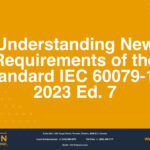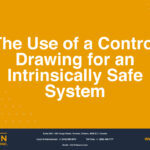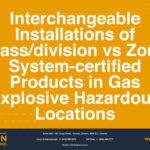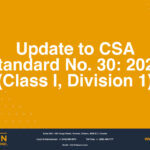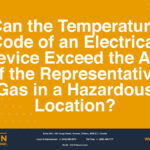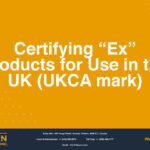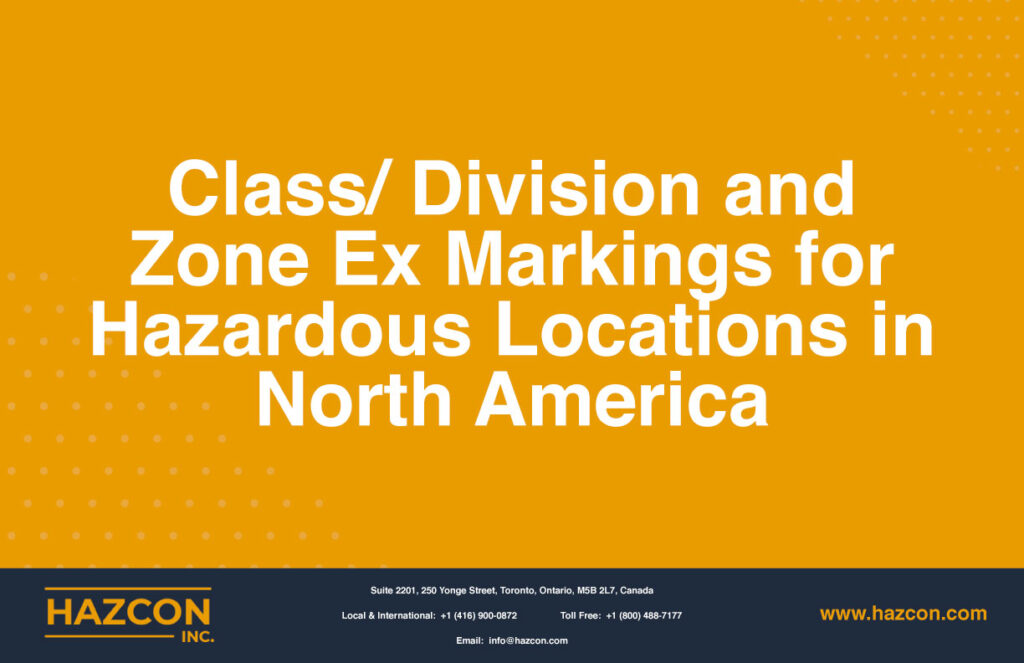
Class/ Division and Zone Ex Markings for Hazardous Locations in North America
Electrical equipment must carry the official mark or label of an accredited certifying agency, which indicates that the product has been independently assessed for safety. Equipment nameplates provide a brief summary of the characteristics of the equipment.
For electrical equipment intended to be used in classified areas (known as hazardous locations), the information on markings and nameplates is critical. Such information for equipment used in hazardous locations is intended to enable:
- The end users to procure the correct equipment for a specific application
- The installers (electrical contractors) to install the equipment correctly as per field wiring installation rules for hazardous locations
- The Authority Having Jurisdiction (AHJ) to inspect, approve and enforce the requirements of the Code/Standards related to that piece of equipment
Unclear markings may lead to the incorrect piece of equipment being purchased, installed and inspected for the application and might cause a catastrophic loss. The marking of hazardous location equipment may be complex and confusing, especially in terms of the intended Division or Zone locations, and even more so if multiple methods of protection and both Class/division and Zone markings are used.
“Division” and “Zone” refer to the two distinct classification systems in North America: the Class/division system and the Zone System. The Class/division system is mainly used in North America. The Zone system of classification originated with the International Electrotechnical Commission (IEC) and is now also commonly used in North America. The intention of both systems is the same – to classify hazardous locations in such a way that the safety of the equipment for use in such locations can be determined.
Manufacturers of electrical equipment seeking North American certification may choose either Class/division marking or Zone marking. However, getting dual markings (both Class/division & Zone markings) is desirable so that the product may be installed in both Division and Zone hazardous areas in North America.
Dual marking helps to makes products more competitive, but keep in mind that there are additional technical requirements and rules and procedures to follow. These rules are outlined in the Standards related to hazardous locations.
Standards Applicable to Hazardous Locations
The requirements related to the installation of hazardous location products are found in Canada in the Canadian Electrical Code (CEC) and in the US in the National Electrical Code (NFPA 70).
Canadian Standards
The installation requirements for Class/division hazardous areas are provided in Appendix J of the Canadian Electrical Code. Section 18 of the Canadian Electrical Code identifies the installation requirements of electrical equipment in Zones hazardous areas.
US Standards
Article 501 of NFPA 70 identifies the installation requirements of hazardous location equipment in Class I, Division 1 and Division 2. Article 505 identifies the installation requirements for Ex Equipment for installation in Zone 0, Zone 1 and Zone 2. The installation requirement of electrical equipment using the Intrinsic safety protection technique is detailed in Article 504 for both Zone and Class/division installation in the USA.
Both the CEC and NFPA 70 permit the installation of Zone-marked products within a Class/Division area in North America and also the installation of Division-marked products in Zones hazardous areas. However, there are some restrictions and limitations for this interchangeable installation between the Division and Zone systems.
Hazcon Inc. has provided a simplified diagram to show the correlation of Class/division & Zones certified products into Division or Zone areas. This diagram will help installers and manufacturers to have a better understanding of how HazLoc products can be installed in hazardous areas in North America.
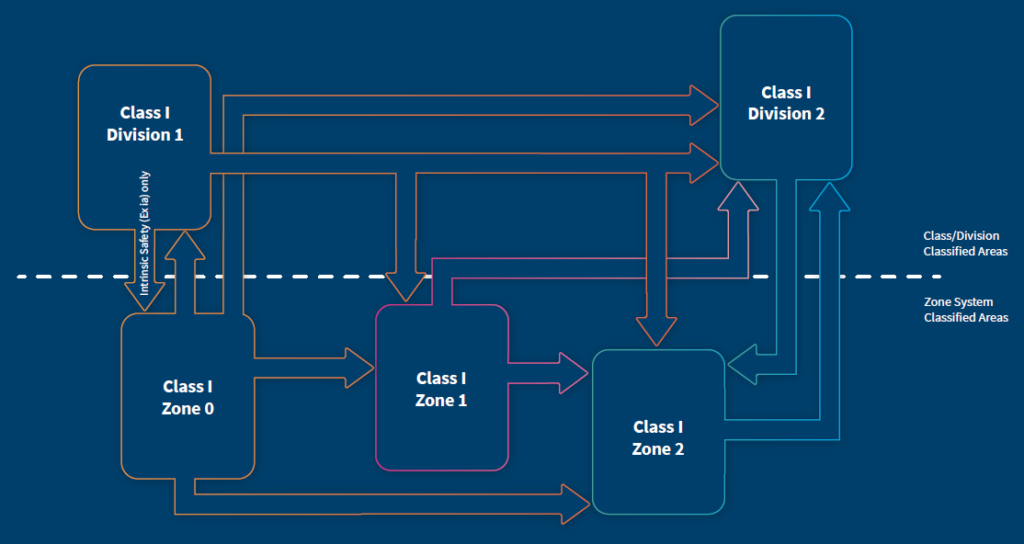
Request a Consultation
Complete the form below to get started.

